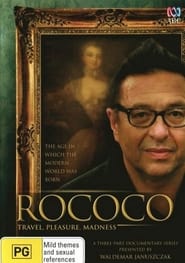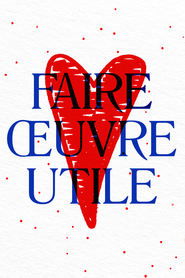
How to Look at and Understand Great Art
Contemplate the "anti-art" spirit of Dadaism, its nihilistic yet humorous indictment of civilization and bizarre use of unconventional media. In the sensibility of Surrealism, observe its compelling focus on the subconscious and two substyles - dream imagery, with its juxtaposition of objects and settings, and "automatic drawing," eliciting unplanned images from the unconscious.
- Created By
- First Aired on
Jan 01, 2011
- Popularity: 4.6889
- 0 votes
- Networks
- (US)

- Production
The Great Courses (US)
- Status: Ended
Show Ended
1 seaons till Jan 01, 2011
Last episode: Your Next Museum Visit—Do It Yourself!
Seasons & episodes
Total 1 seasons, 36 episodes

Lectures
Aired

Episode 1The Importance of First Impressions min
Examine the contexts and environments in which we encounter art and their critical effect on our viewing experience. Consider ways of displaying and framing paintings, as well as key parameters for viewing sculpture. Then, learn the predominant genres of Western art, and the artist's media, tools, and techniques.

Episode 2Where Am I? Point of View and Focal Point min
Explore how point of view—the artist's positioning of the viewer with respect to the image—works in painting and sculpture, paying particular attention to differences in angle and spatial relation. Then, continue with focal point, or the artist's centering of attention on a key area of the work.

Episode 3Color—Description, Symbol, and More min
Uncover the core principles of color in painting, including the distinctions of value and saturation and the relationship of colors as analogous or complementary. See how major works of art achieve their power and meaning through color, as seen in celebrated canvases by Seurat, Gauguin, and Van Gogh.

Episode 4Line—Description and Expression min
Discover the properties of line, another essential element of art, as "descriptive" (describing reality) or "expressional" (conveying feeling). Learn about the use of geometric lines, implied lines, and directional lines within a composition. Also, study the compelling, psychological use of line in Picasso's works, Seurat's "The Circus", and in key Modern and Expressionist works.

Episode 5Space, Shape, Shade, and Shadow min
Examine geometric and "organic" shapes in painting and sculpture and the crucial relationship of figure to ground and mass to space. Then, explore the illusionistic use of shading, shadows, and overlapping shapes in Caravaggio's and Friedrich's works, and the compositional power of shapes in paintings such as Matisse's "Dance" and Michelangelo's "Creation of Adam".






















